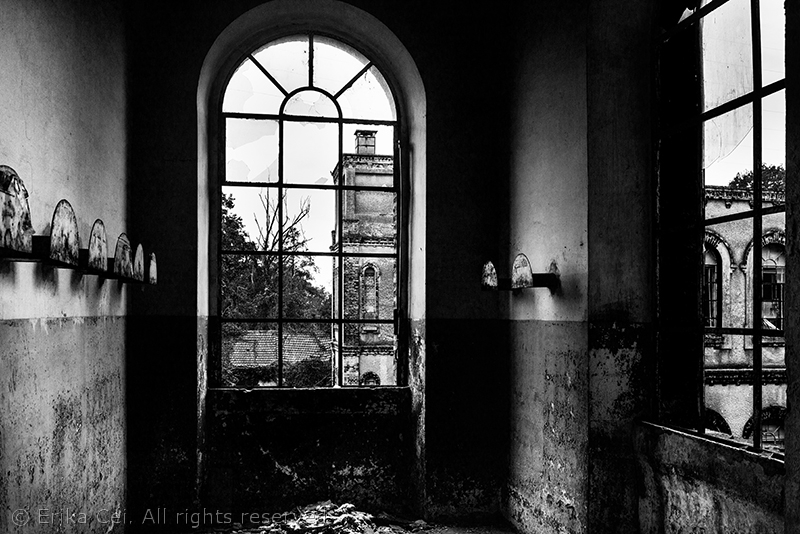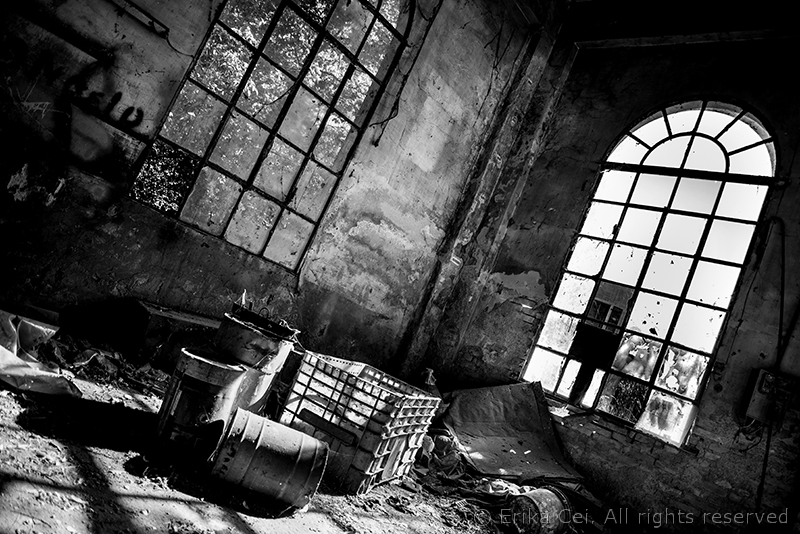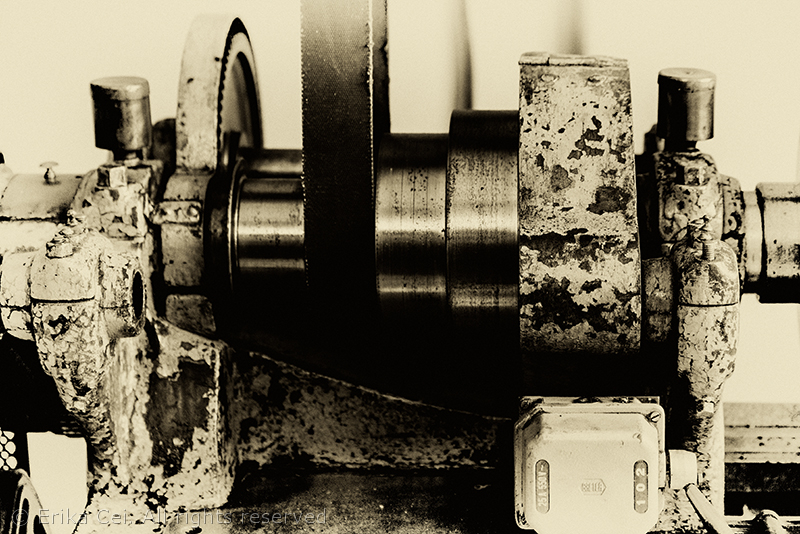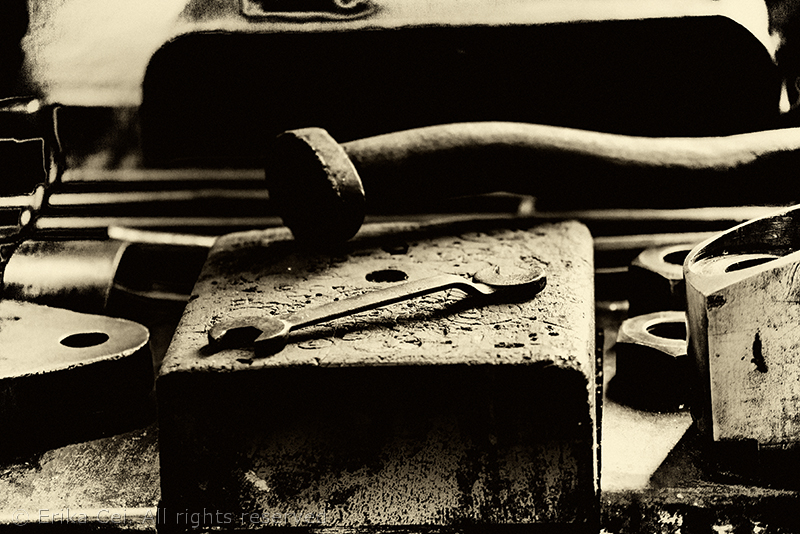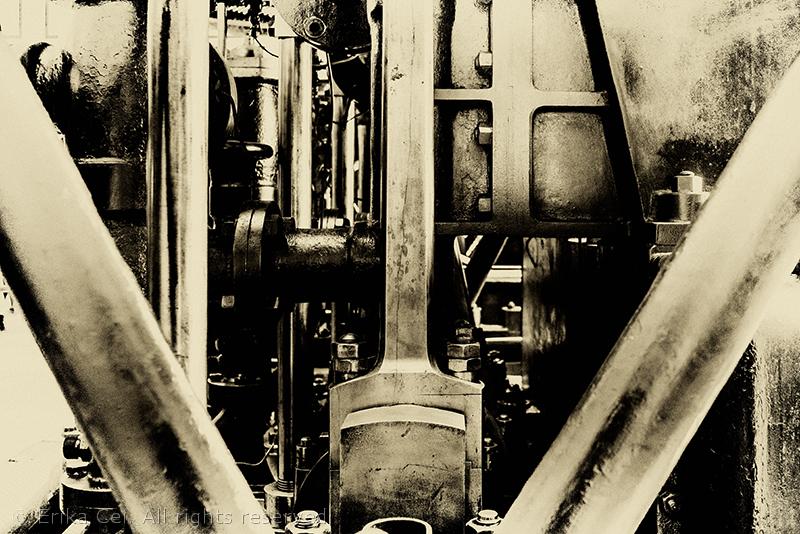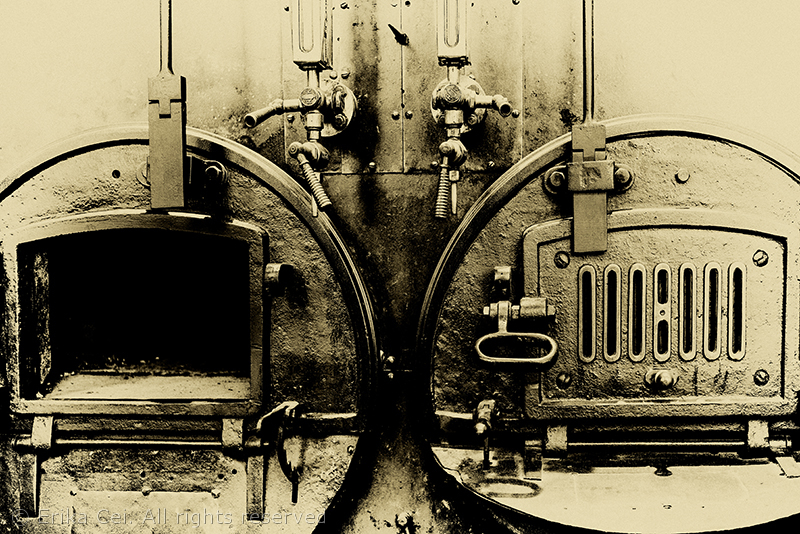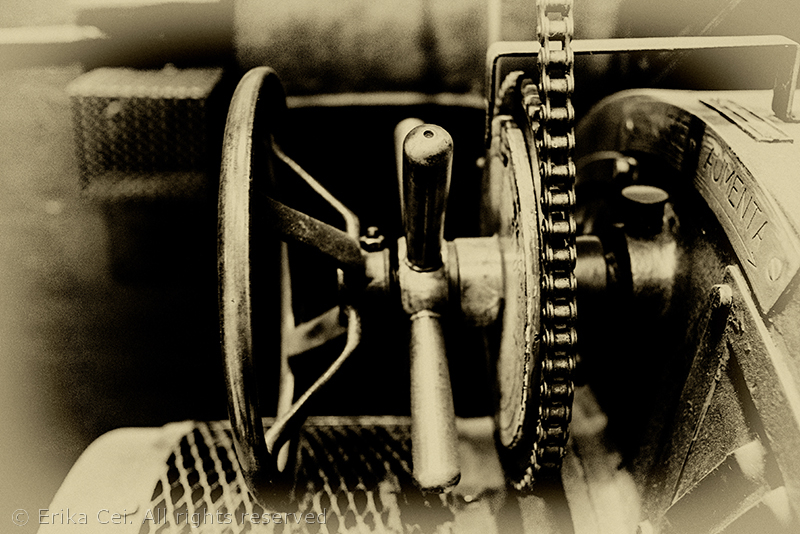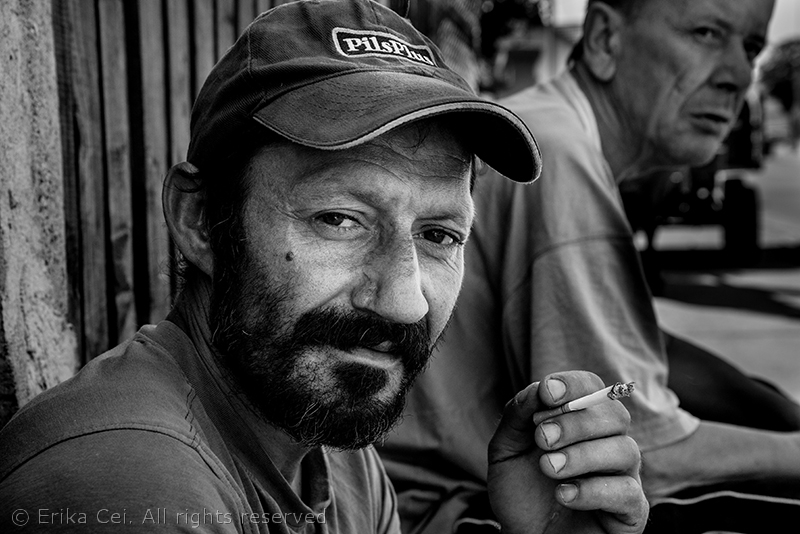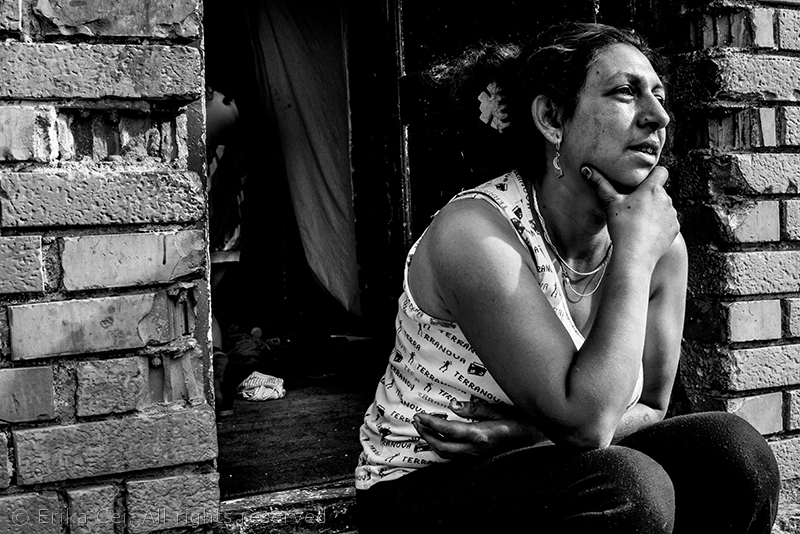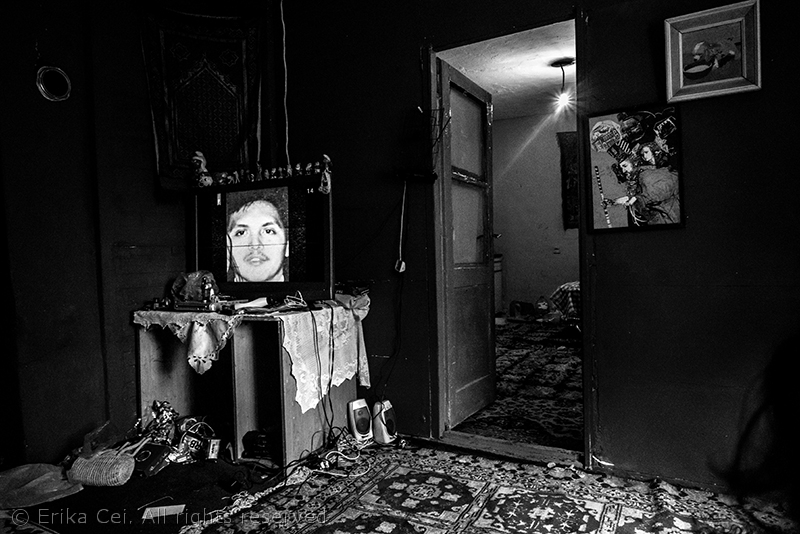When you come to Cordenons and visit for the first time the former cotton mill "Rätz" (known as "Makò" because it processed the homonymous yarn), you feel like you're in an old-fashioned movie theatre of a little village, similar to Giuseppe Tornatore's "Cinema Paradiso".
A board with numbers, a machine that looks like a projector and the sliding doors like those you find in a cinema auditorium make the atmosphere surreal.
But it is only imagination, while the movie you watch through the broken windows, the bare walls, the puddles on the floor of the empty sheds is much more realistic. It talks about a factory that employed about 1000 workers up to thirty years ago, but now is just a shadow of its former self.
Thanks to the activities carried out by the association Il Mio Makò this industrial archaeology site is less neglected than other abandoned cotton mills in the Pordenone area. But this is not enough: the site needs a clear project and a huge investment. By whom? I would say by the region*** Friuli Venezia Giulia, since it's provided by law 24/1997 that the region itself "is promoting the protection and the enhancement of the testimonies related to labour and to industrial heritage as important elements of its own history".
Some might say that the region lacks sufficient funds. However in Italy there are not only regions but also a central government and its Ministry of Cultural Assets and Activities. The latter has financed and is financing a lot of movies, which were recognised as being "of cultural interest", but that, as a matter of fact, have nothing to do with "culture" (see - italian only - the Sky cinema enquiry Ciak! Paga lo Stato!).
The problem, therefore, is not the lack of money but the (bad) way in which money is spent, with the result that really interesting cultural sites like the Makò in Cordenons are actually neglected in favor of low-quality italian comedies.
Do you know the slogan "Italians do it better?" Well, it does not refer to "culture".
That's all.
***regions are first-level administrative divisions in Italy. Cordenons lies in the Friuli Venezia Giulia region.
Thanks to the activities carried out by the association Il Mio Makò this industrial archaeology site is less neglected than other abandoned cotton mills in the Pordenone area. But this is not enough: the site needs a clear project and a huge investment. By whom? I would say by the region*** Friuli Venezia Giulia, since it's provided by law 24/1997 that the region itself "is promoting the protection and the enhancement of the testimonies related to labour and to industrial heritage as important elements of its own history".
Some might say that the region lacks sufficient funds. However in Italy there are not only regions but also a central government and its Ministry of Cultural Assets and Activities. The latter has financed and is financing a lot of movies, which were recognised as being "of cultural interest", but that, as a matter of fact, have nothing to do with "culture" (see - italian only - the Sky cinema enquiry Ciak! Paga lo Stato!).
The problem, therefore, is not the lack of money but the (bad) way in which money is spent, with the result that really interesting cultural sites like the Makò in Cordenons are actually neglected in favor of low-quality italian comedies.
Do you know the slogan "Italians do it better?" Well, it does not refer to "culture".
That's all.
***regions are first-level administrative divisions in Italy. Cordenons lies in the Friuli Venezia Giulia region.
















